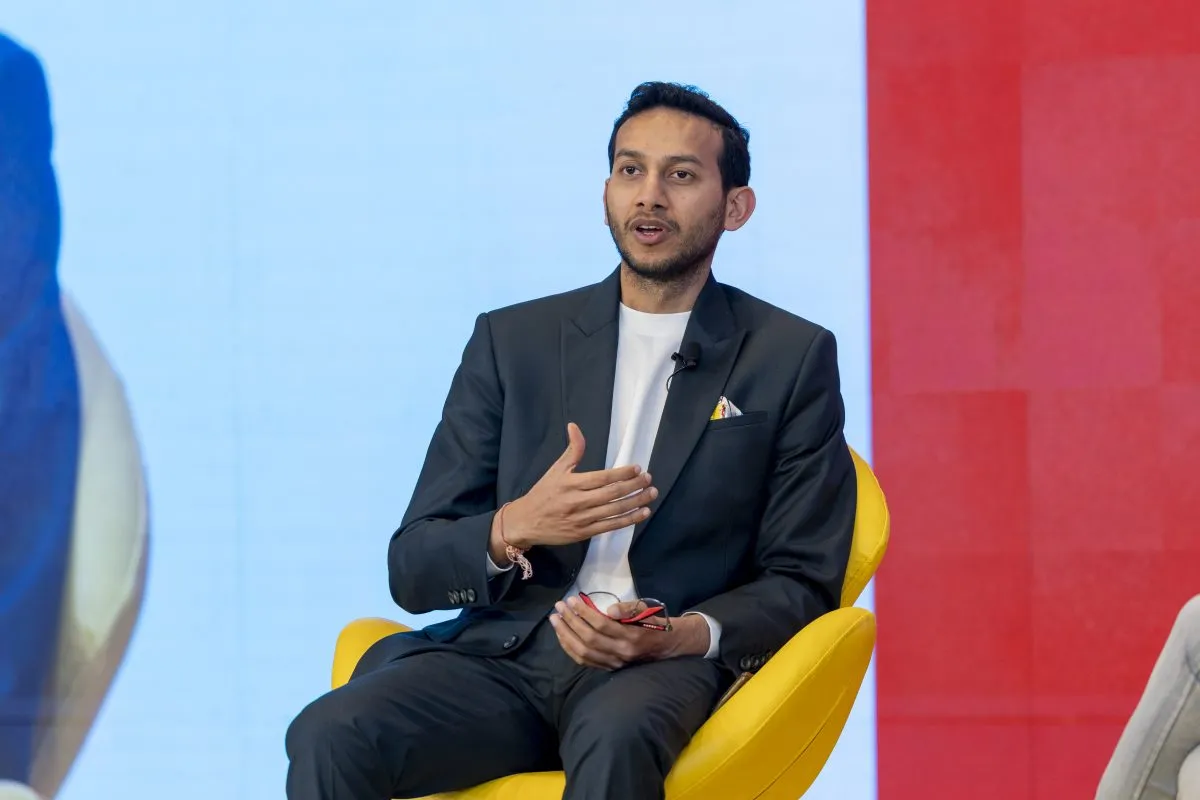Don't Confuse Travel's Reopening With Recovery: A Long Slog Lies Ahead
Skift Take
It is exactly three months since The Day The World Stopped Traveling.
Today, June 15, the Great Reopening Experiment has started in earnest in Europe, it is D-Day for opening up borders of almost all European countries to each other. Well, except UK and Sweden, but that we know why.
There is a lot of excitement of rescuing the lost summer, particularly in Mediterranean Europe in Greece, Spain, and Croatia. This week is also the reopening of many of the Caribbean nations, all of them heavily dependent on tourism as the biggest source contributor to their GDPs.
Meanwhile, current hotspots like our own United States, India and Brazil are reopening as well, and there is hope across travel industry of better days ahead, after a three-month lockdown. Hotel occupancy rates across U.S. have begun approaching 40 percent, while TSA daily screenings across U.S. airports have crossed half million passengers for the first time since the lockdown began. Short-term rentals seems to be getting a big rebound, and Airbnb CEO Brian Chesky stated last week that from May 17 to June 6, its U.S. bookings were greater than the same period a year ago. There is even talk of Airbnb pushing through its much-anticipated IPO this year, which is a miraculous turnaround to even think about.
In fact we at Skift have been tracking all the reopenings around the world through our Reopening.travel timeline; it has been our most popular section since it launched few weeks ago.
So, travel's path to recovery will be fast, right? Well, let's just say that the coronavirus has no such plans to take a summer vacation, or any other vacation rest of the year. The big headline across NYTimes.com Monday morning has been "New Threats of U.S. Lockdowns as Experts Warn Virus Will Persist." With the infection numbers rising across many of states in U.S., and the effects of passing more virus around because of group protests for racial justice and against police brutality still not accounted for, we will continue to see these headlines — and reality — for weeks and months to come, playing havoc with traveler sentiment and confidence to even gingerly start going out there beyond the local regions. A second shutdown is a real possibility in U.S. and is in fact happening in bits and pieces around the world already.
So lets add this huge caveat since we are realistic business journalists behind this: Let’s not confuse reopening with recovery.
The first is sell side, it’ll do whatever it takes to restart, including reopening in a pandemic. The buy side, the travelers, is where recovery resides and will be a three to five year cycle as we have been saying for a while now. You can’t defy the laws of economics after so much value — and real — destruction across not just the global travel sector, but human costs that continue to rise. Travel's Great Depression is here, as U.S. Travel laid out the stark reality in a note last month.
Yes, the unemployment numbers in U.S. got an unexpected boost of good news earlier this month, after weeks of really horrendous data, but the travel sector — hospitality particularly — is not seeing meaningful jobs being back, though uptick is there. As we wrote in a story earlier this month, pent-up leisure demand will definitely be fueling hotel employment in weeks to come, but summer won’t last forever. Until business and convention travel comes back, which may not be until a coronavirus vaccine is readily available, there will be a need for additional stimulus.
In fact the U.S. airline sector, a huge employment sector for the country, has been artificially propped up with government aid of billions of dollars to keep the employees on payroll and is set to expire September 30, after which many are expecting tens of thousands of layoffs across the airline sector.
There is pent up demand, no doubt, and we are seeing early evidence of that in China, but the demand (and revenues) has leveled off there, particularly in hotel sector where occupancy rates are hovering around 40 percent. And it looks like that will be a good number to shoot for in the Western economies as well, even though that won't be a uniform number for all types of travel companies. Group tours and business travel will likely be much lower than those numbers outside of essential travel.
But the travel sector is not built for 40 percent usage, at least not long term. And without a vaccine, whenever that comes, and its proper propagation across the world (not guaranteed with all the inequities that have been exposed around the world), that 40 percent may be the new number for next year or two.
We at Skift have always said travel doesn't exist in a geopolitical bubble away from the world, and travel's business recovery from here will be intertwined with all other pains of recovery around the world. The three-to-five-year real recovery cycle in the business of global travel is what we have to be ready for, beyond the initial excitement.





